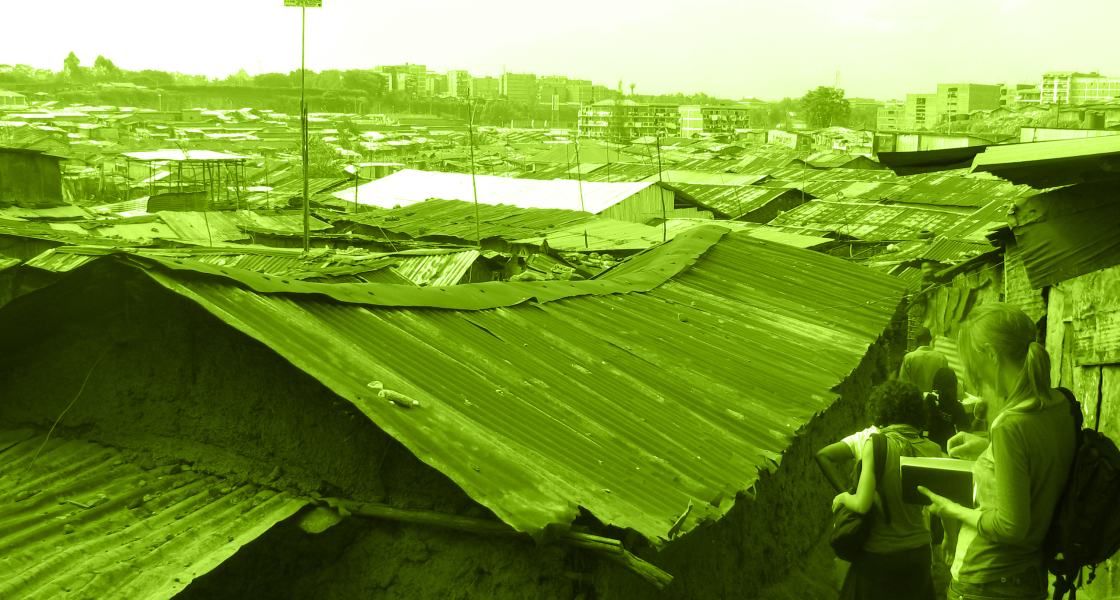Engaging with a neighbourhood’s residents, recording conversations, sketching, mapping and photographing areas of interest. pdf download
Goal: To obtain a brief, overall understanding of the neighbourhood.
Audience: A representative sampling.
What you need:
– Writing and drawing pens and pencils
– Note and drawing paper (of varying size e.g. large sheets of paper for maps)
– Camera
Description
The aim of this tool is to understand current living conditions of residents and to investigate the spatial arrangement of the place, its physical conditions, and the activity systems, and record these through sketches, mapping and photographs.
Once a basic understanding of the neighbourhood has been achieved it is then important to start to visit various households to gain a broad understanding of the household structure and listen to residents’ stories.
The key matters discussed in the semi-structured interviews include: the number of inhabitants (density and overcrowding concerns), financial situation (affordability of living in houses), spatial layout of the households, (room arrangements and use patterns), the use of private/public space, activities and current pressing needs.
Instructions:
Step 1: Walk around the neighbourhood, mapping an area of interest.
Step 2: As part of mapping, engage with the residents as much as possible to understand points of interest, activity systems and physical conditions.
Step 3: Visit households, noting conversations and develop the ‘picture’ of the neighbourhood at a personal level.
Step 4: Record notes where necessary but remain engaged in conversation.
Step 5: Listen to stories and the memories of the neighbourhood, as no record of such information may be found elsewhere.




